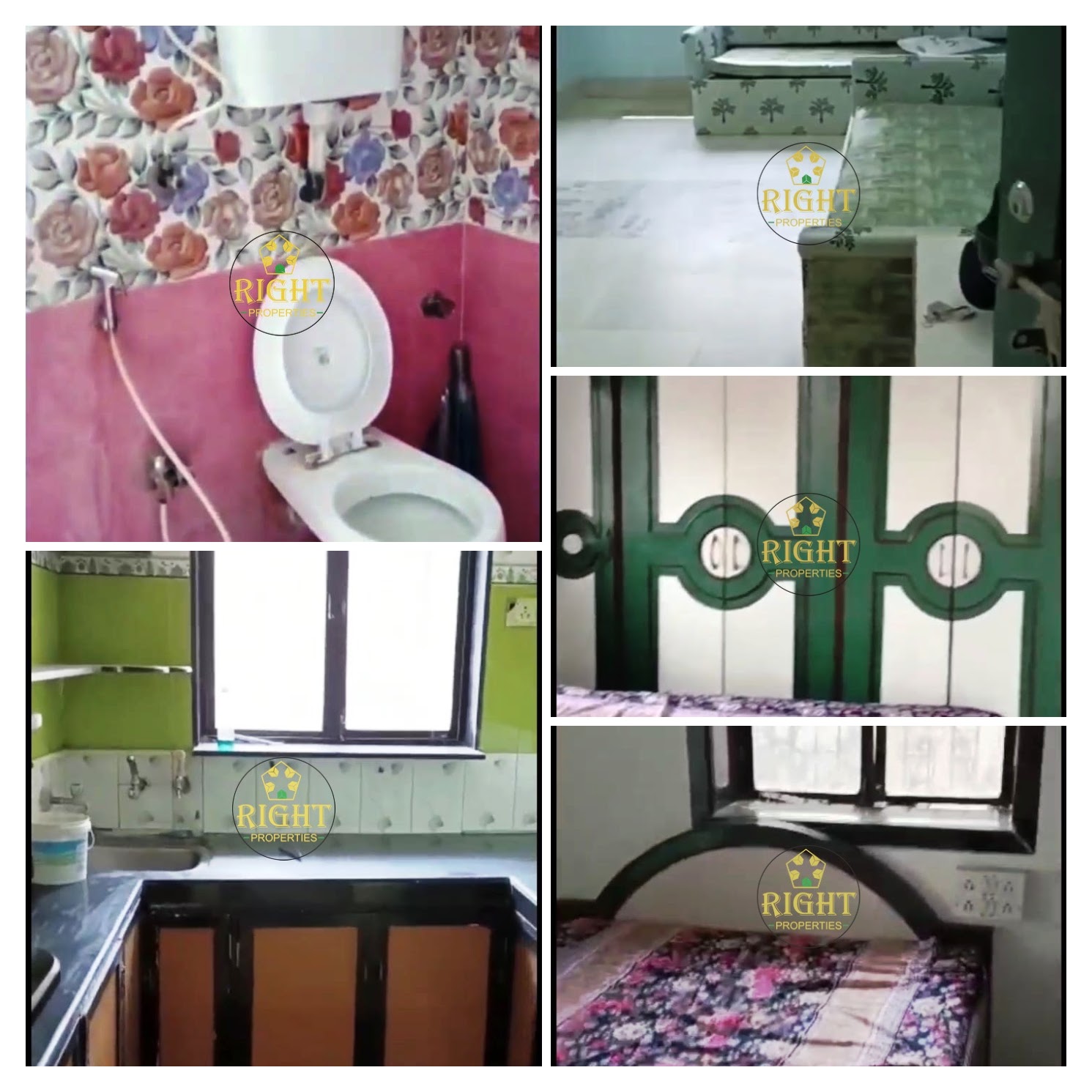
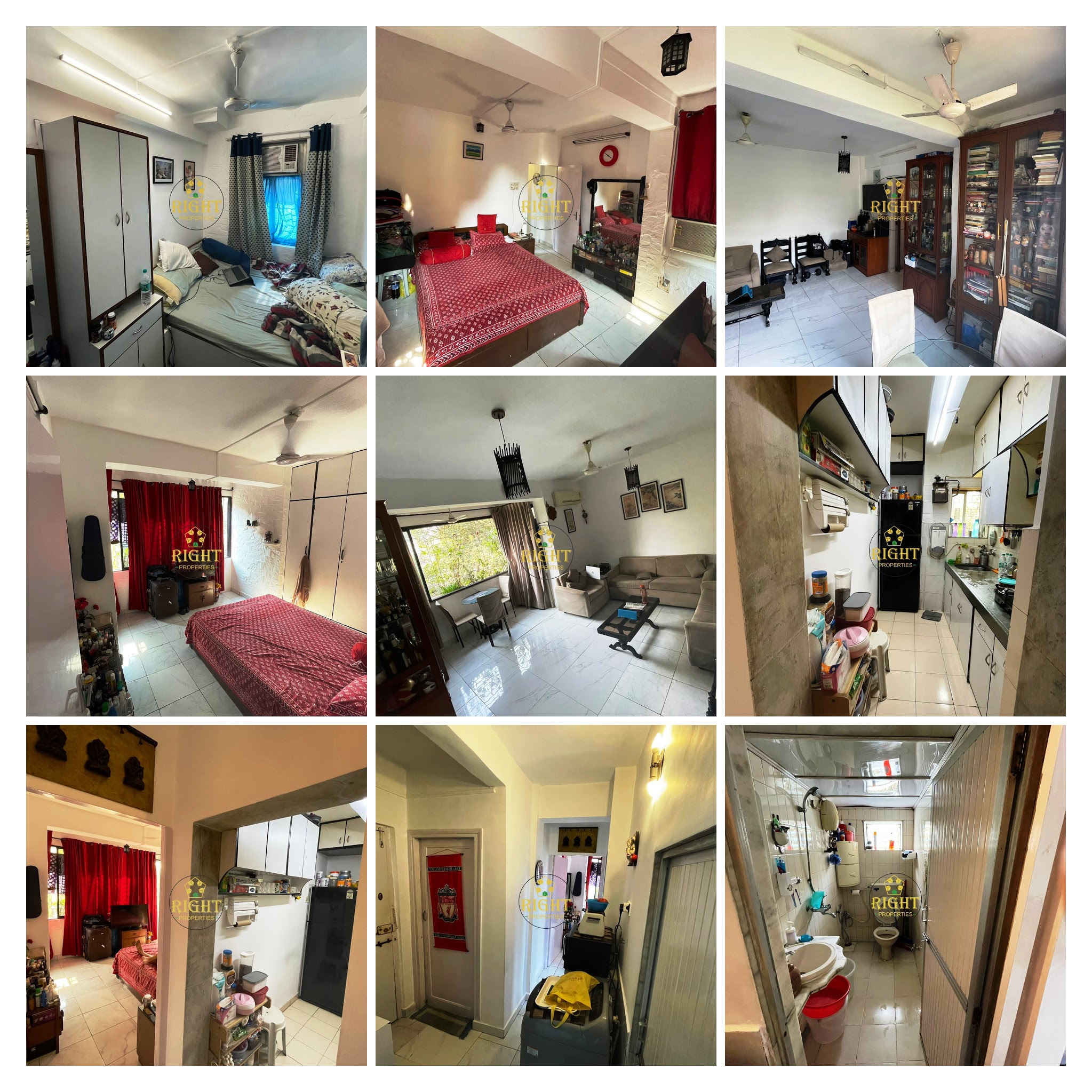
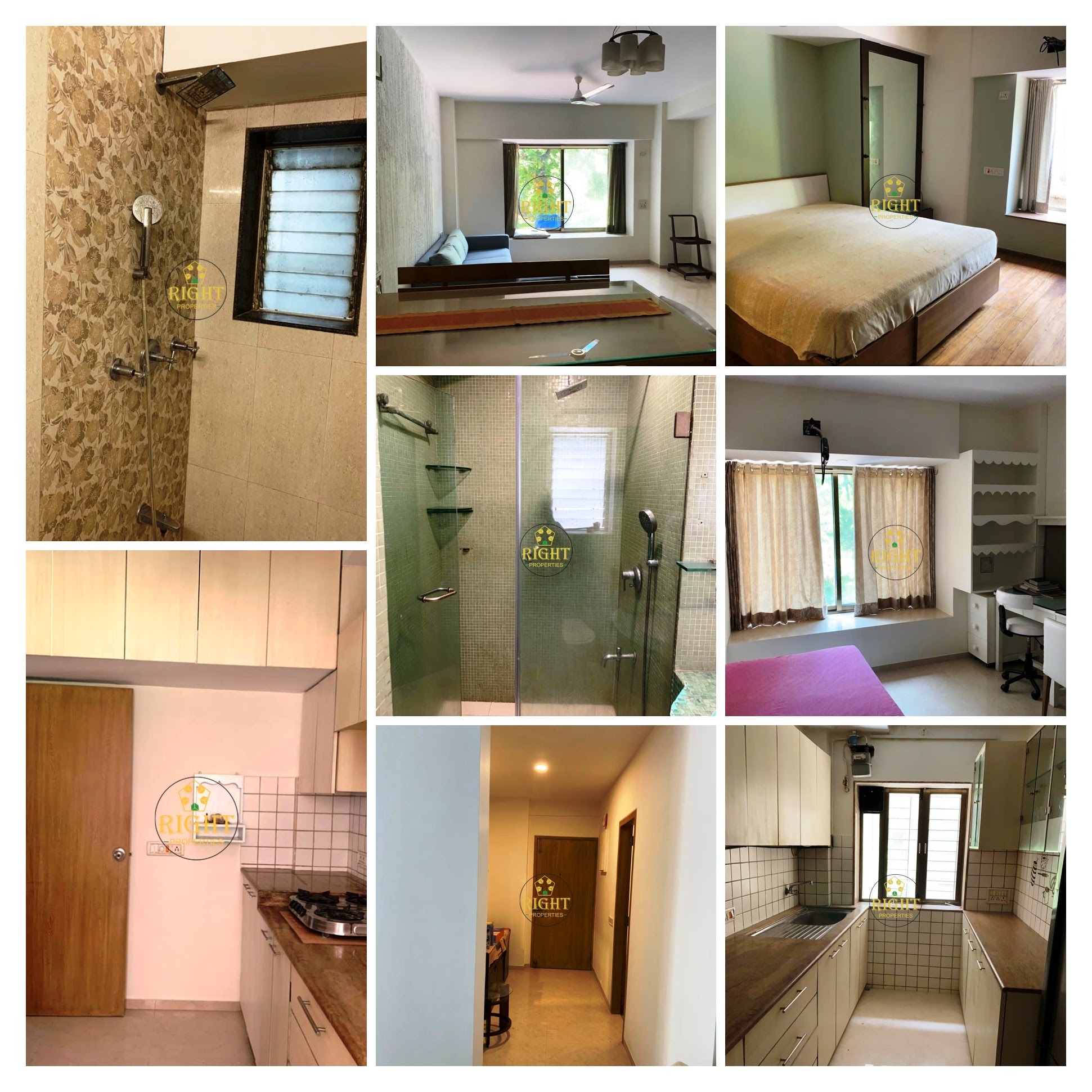
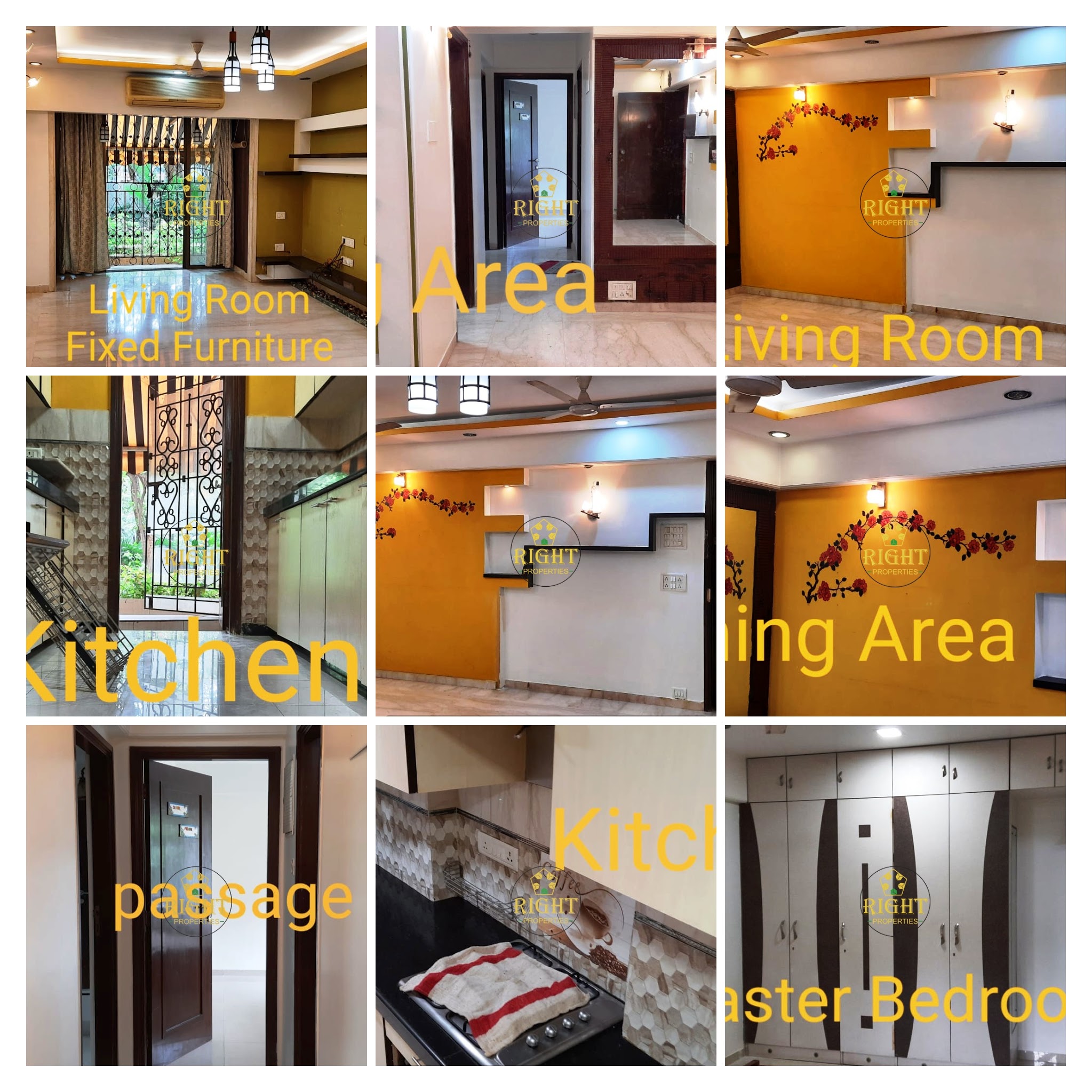
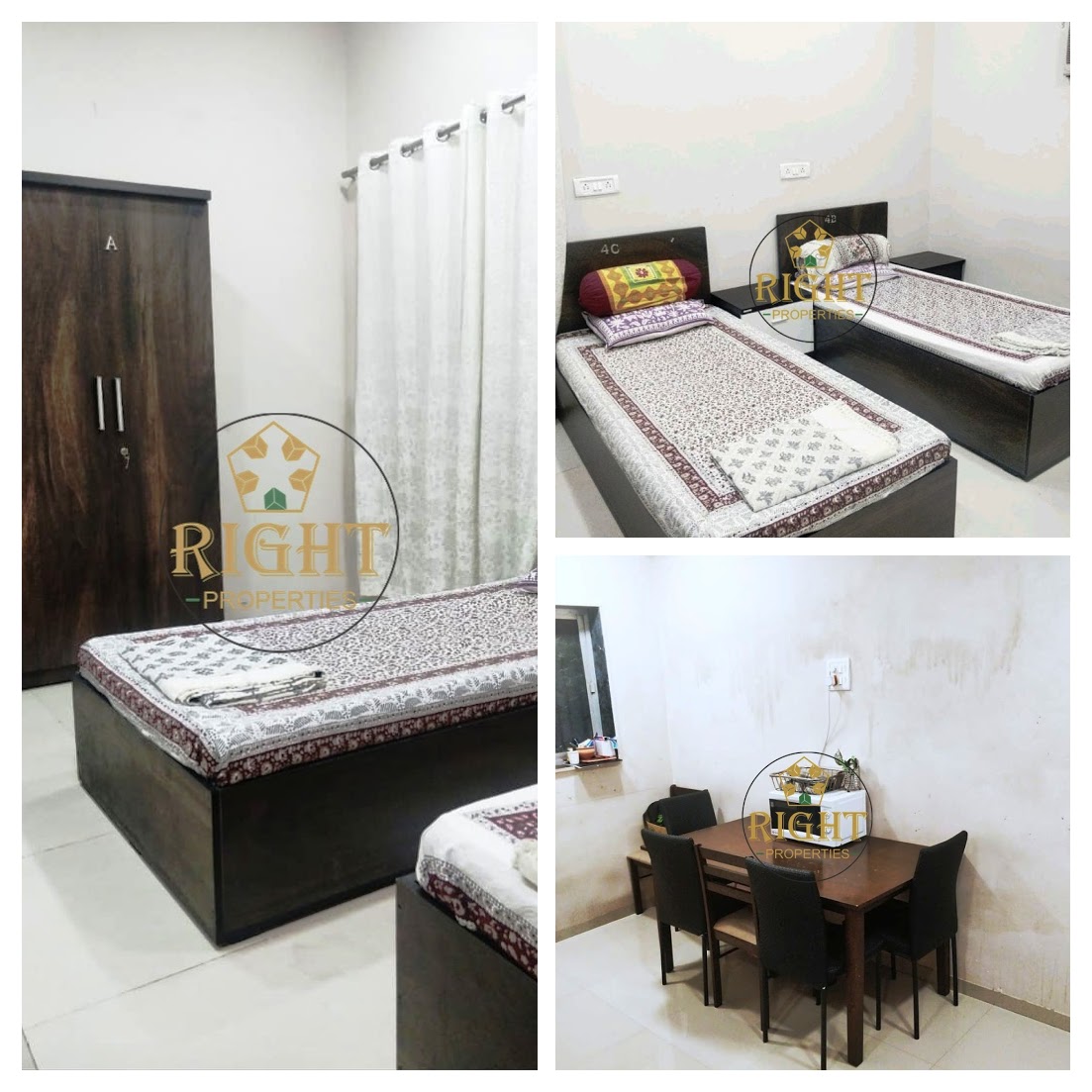
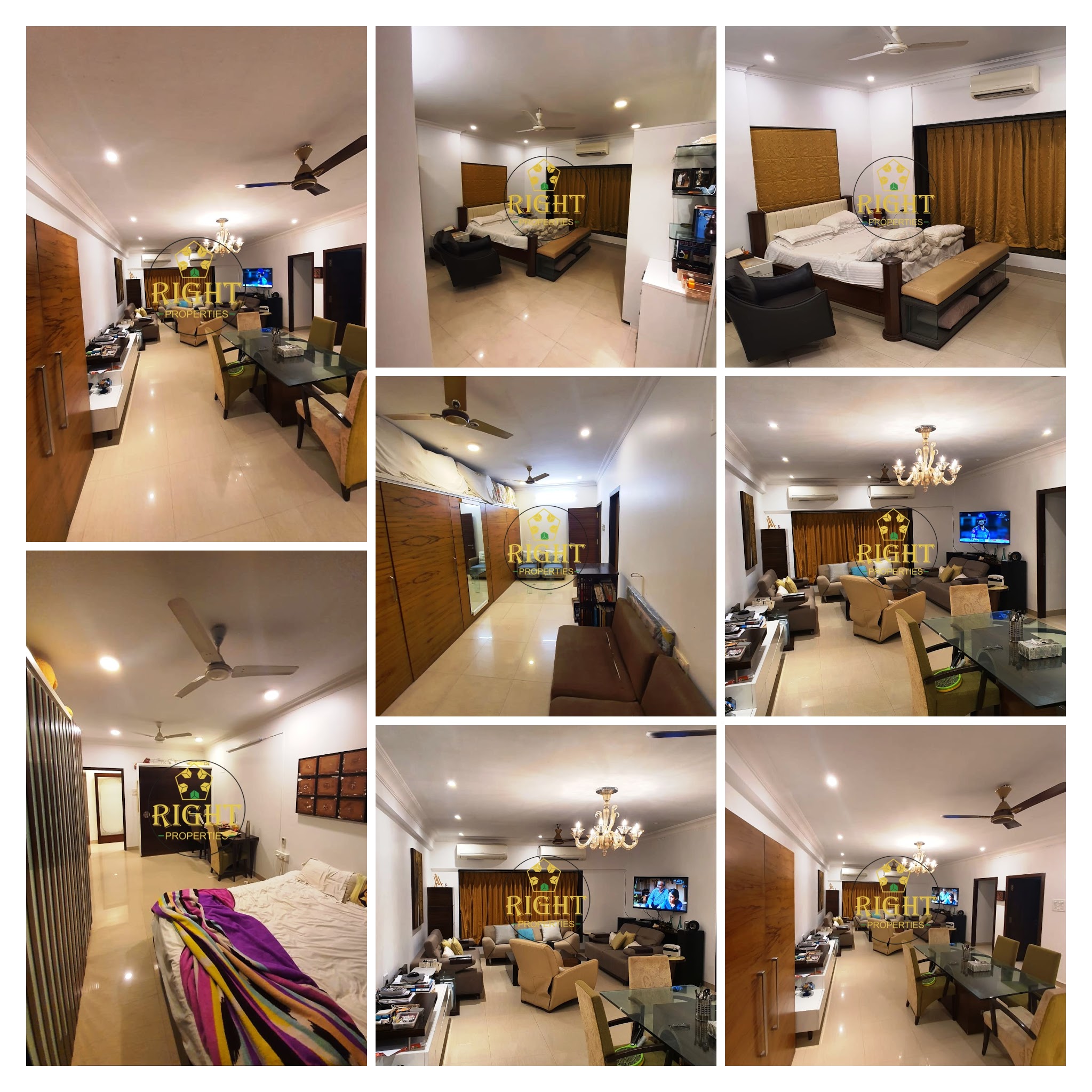
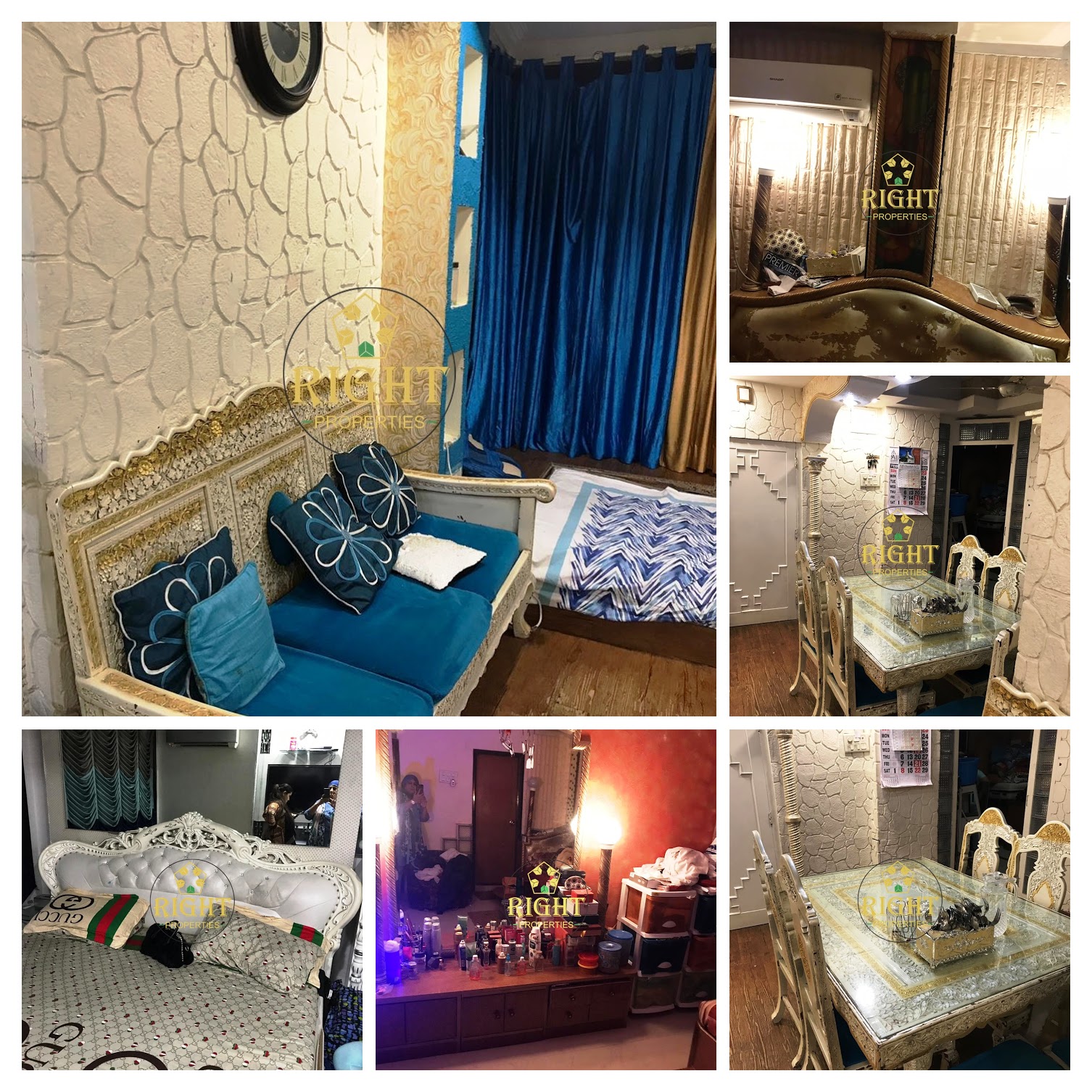
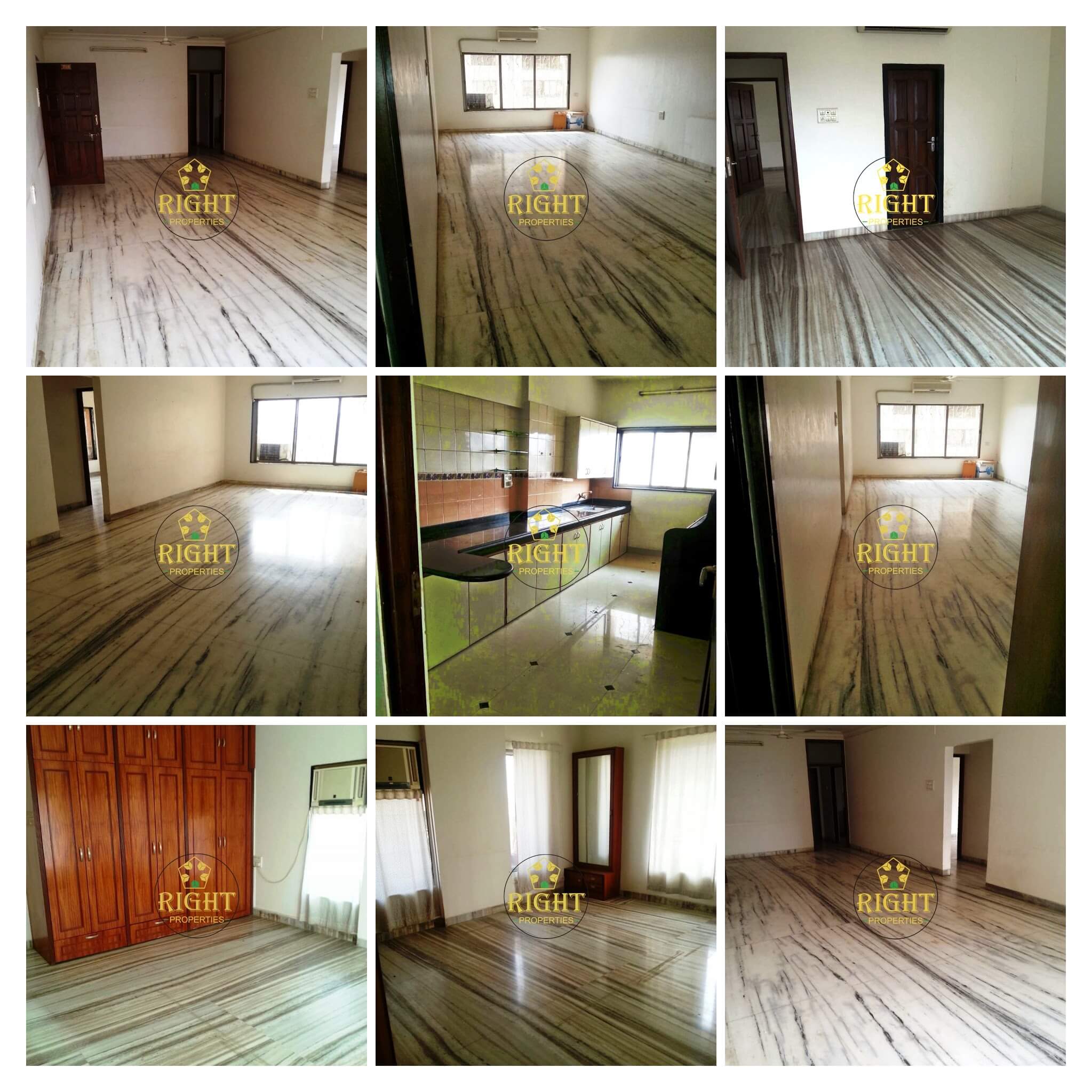
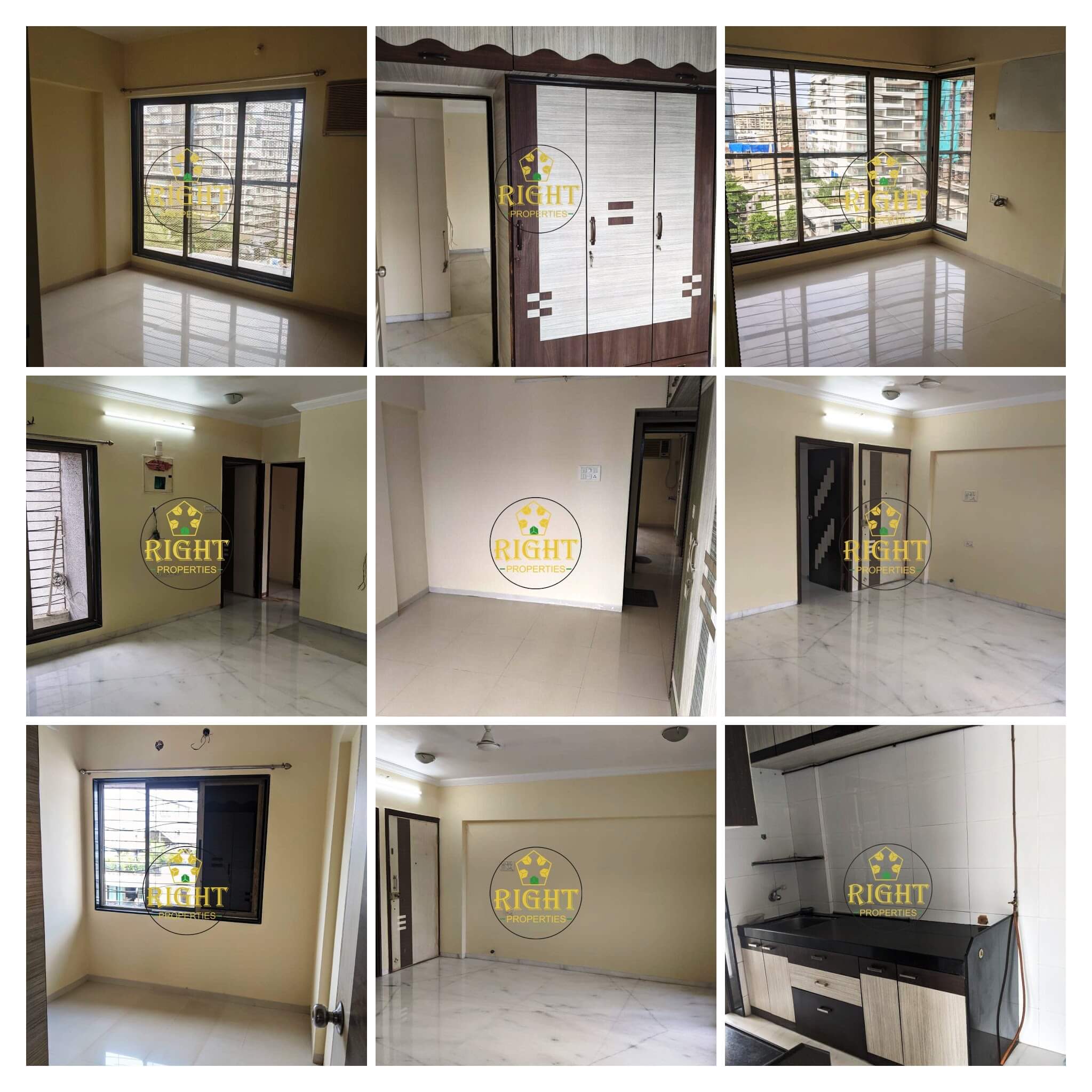
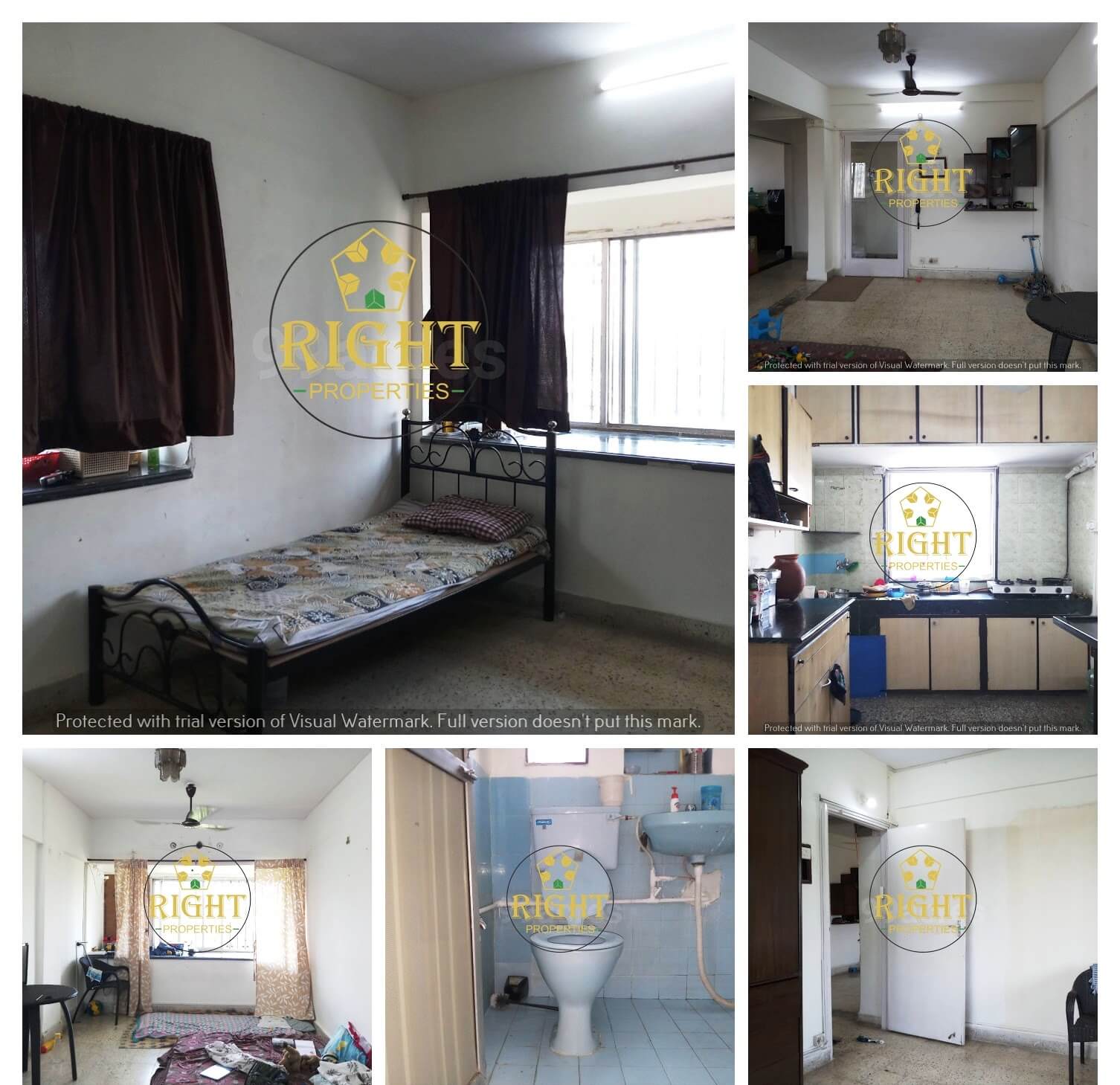
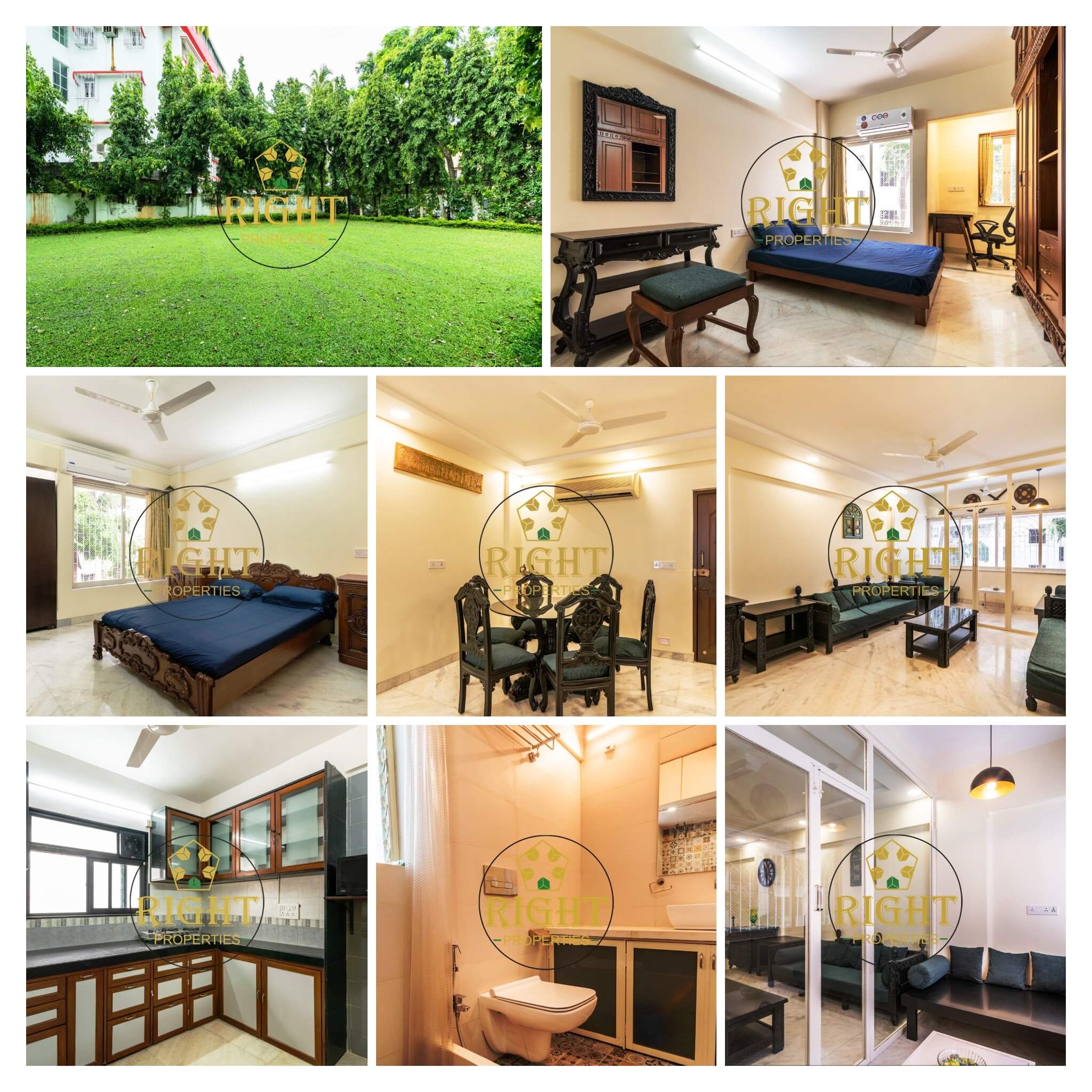
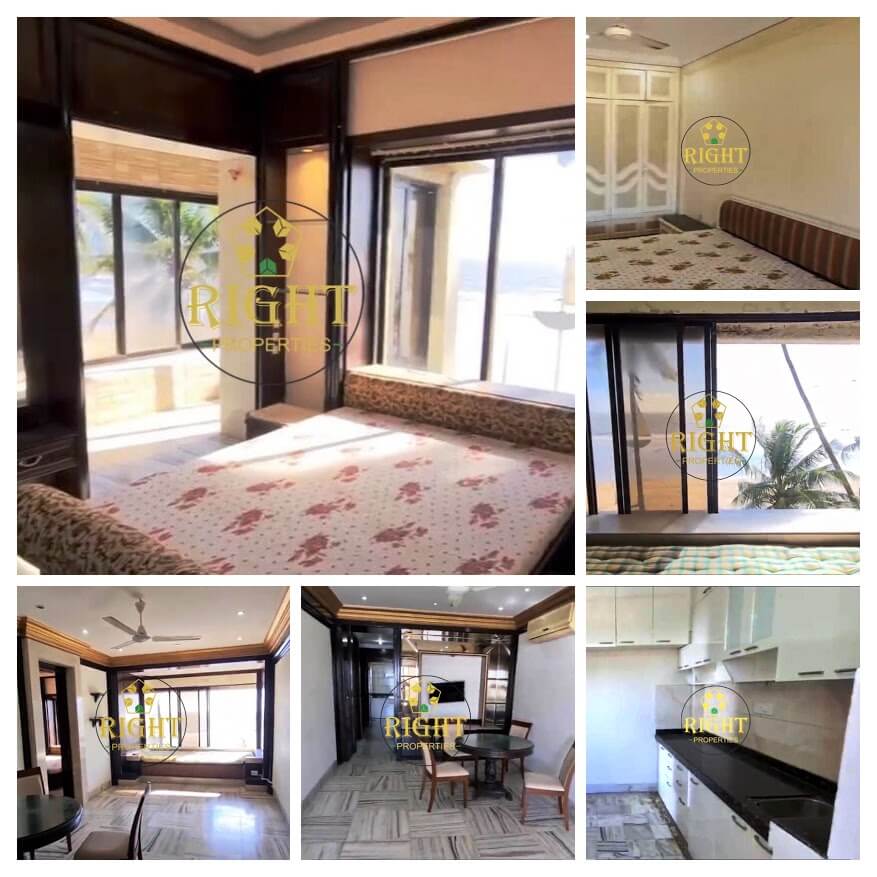
In the nineteenth century, Juhu was an island: a long, narrow sand bar rising above sea level by a metre or two, just off the west coast of Salsette. It could be reached during low tides by walking across the tidal inlet.[3]Juhu was called "Juvem" by the Portuguese. At its north point, nestled the village of Juhu, inhabited by Bhandaris (toddy tappers), Agris (salt traders) and Kunbis (cultivators) and at its south point, opposite Bandra island, lived a small colony of fisherfolk and cultivators (Koliwada). The inhabitants of Juhu were mainly Koli people and there was a small section of Goans. The Church of St. Joseph was built by the Portuguese in 1853.[4] The open beaches of Juhu have attracted the well-heeled and the most affluent among Mumbai's population for almost a century. In the 1890s, Jamsetji Tata purchased land on Juhu and built a bungalow there. He planned to develop 1,200 acres (4.9 km2) in Juhu Tara. This was to yield 500 plots of one acre (4,000 m2) each and a seaside resort. Simultaneously he wanted to extend the Mahim Causeway to Santacruz, to access to this area. After his death in 1904, the scheme was abandoned. With the dawn of aviation in the 20th century, the Bombay Flying Club commenced operations in 1929 at what eventually became the present Juhu Aerodrome.
During the freedom struggle Mahatma Gandhi visited Mumbai and took many walks at Juhu Beach. There is a famous photograph of Gandhiji poking his grandson Kanaa during a walk at Juhu Beach, Bombay, 1937. To mark Gandhi's visit to Juhu, there is a statue of Gandhi by the beach and a lane towards the beach call Gandhigram Road. There is also a Gandhi Shiksha Bhavan school in Juhu. In the 1970s, Bhaktivedanta Swami (Srila Prabhupada) started the Hare Krishna Movement and built ISKCON Temple, giving Juhu its global recognition. He also gave various philosophical and spiritual discourses and wrote many books here. Founded in 1928 as India's first civil aviation airport, Juhu aerodrome served as the city's primary airport during and up to World War II.